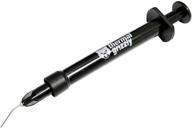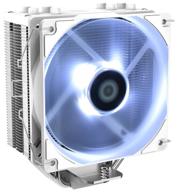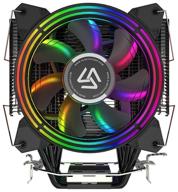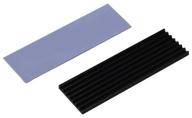
Review on 🔥 Copper Copper Heatsink with Silicone Thermal Innovation by Brandon Vox

So far, so good. The peak temperature of the SSD is about 10 degrees lower.
I bought this because I was trying a heatsink with fins that were so high that the laptop compartment lid wouldn't close. (The laptop is an Acer Aspire E 15.) So I decided to try this "flat" 1mm thick flat copper heatsink and decided to install a 0.5mm silicone thermal pad instead of the 1mm thick one. I took an extra step during the installation that I learned long ago when I installed the CPU heatsink with Arctic Silver 5 thermal grease. ) to spread the paste from the center to the edges to fill the microgrooves. in metal surfaces with a paste that displaces air from microgrooves. Any excess paste is then removed from the surface (with a lint free cloth or coffee filter), leaving only the paste in the microgrooves, giving the metal a darker gray appearance. (With a CPU heatsink, more paste is applied to the CPU for the normal, well-known step of applying thermal paste.) I did an extra step on the side of the M.2 copper heatsink that faces the SSD drive to be filled its microgrooves with paste designed to improve heat transfer from silicone thermal pad to copper. As a preliminary check on the effectiveness of the heatsink, I ran a full antivirus scan of the SSD (Comodo Antivirus on Windows 10) and used HWiNFO to monitor the SSD's temperature. It reached about 60°C. Before installing the radiator, I sometimes saw peaks of over 70°C. So far so good. I suspect a better new peak temperature test would require some writing to the SSD. maybe with a drive speed benchmark. But instead I'll probably just run HWiINFO in the background for a few weeks and then look at the maximum temperature it records over those weeks. (The SSD is a Crucial MX250.) I used all three white rubber bands to hold the SSD/pad/copper sandwich together. Those rubber bands are my only concern. perhaps they dry out over time and eventually fail. The hardest part of the installation was removing the protective plastic film from the silicone thermal pad without tearing the thin gasket—the corner of the film is difficult to separate from the gasket—but I was patient and got it done.
- Computer Components
- Miscellaneous Miscellaneous
New products
Comments (0)
Top products in 🌡️ Thermal Management Products
Another interesting products

🔌 Bussmann GMA 5A Acting Cartridge Listed: Reliable and Efficient Cartridge Fuse for Your Automotive Needs

7 Review

🔌 Bussmann MDL 2 Glass Delay Slow Blow

8 Review
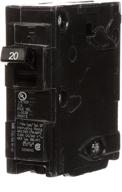
⚡ 20 Amp Single Circuit Breaker for Q120

8 Review
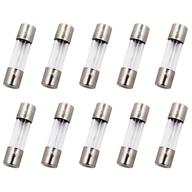
125V Industrial Electrical Fast Blow Glass Fuses - SIXQJZML Enhanced SEO

9 Review


